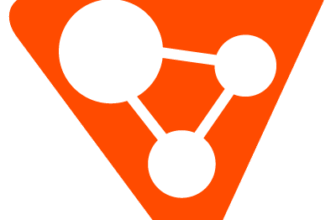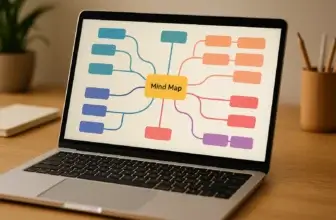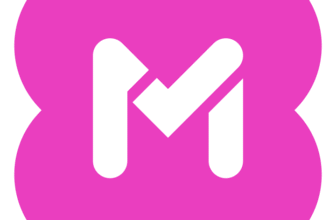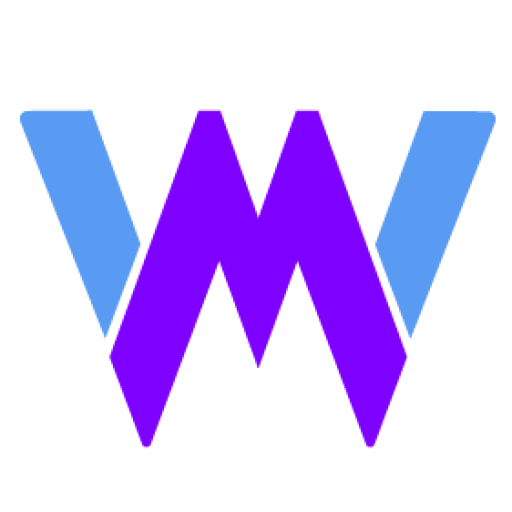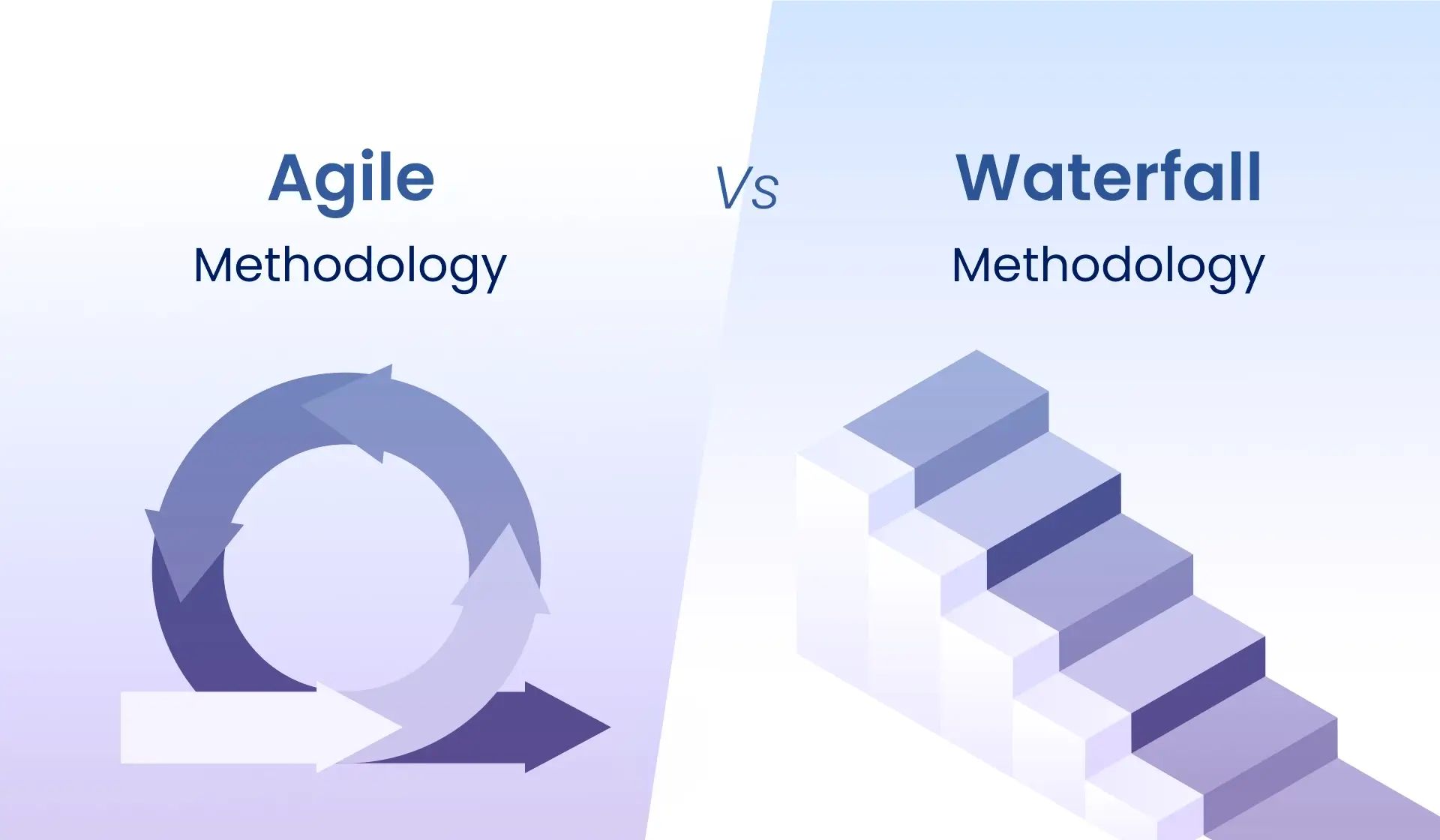
Introduction
Choosing the right project management methodology is critical; it shapes your project’s direction, productivity, and ultimate success. When you’re deciding between Agile vs. Waterfall methodologies, the choice directly impacts your team’s workflow, software selection, and how you respond to project changes.
Agile is ideal if you value flexibility, continuous feedback, and close collaboration. Waterfall, on the other hand, suits projects requiring structured planning, detailed documentation, and clear milestones.
In this guide, you’ll explore the strengths and limitations of each methodology, discover how they influence software choices, and ultimately decide which approach best fits your project needs.
🌀 What Exactly Is Agile Methodology?
Agile is all about flexibility, collaboration, and adapting quickly to change. Instead of planning every detail upfront, Agile helps you and your team evolve the project step-by-step, using feedback along the way.
📌 Core Values of Agile Methodology
Understanding Agile means knowing its four main values:
- People over processes: Agile prioritizes team interaction and collaboration over rigid processes.
- Working product over detailed documentation: Agile favors practical results over extensive paperwork.
- Collaboration with clients: Ongoing customer feedback helps deliver products your clients actually want.
- Responding to Change: Agile encourages adaptability rather than sticking rigidly to a fixed plan.
These values allow your team to deliver results quickly, ensuring the final product meets customer expectations and market demands.
🔄 How Iterative Development Works in Agile
Agile breaks your projects into smaller chunks called “sprints,” typically lasting 1-4 weeks. At the end of each sprint, you deliver usable parts of the project, gather feedback, and make necessary adjustments.
This iterative approach lets you:
- Continuously test and refine your work.
- Quickly identify issues and address them.
- Involve clients closely throughout the project lifecycle.
It’s ideal for software projects, marketing campaigns, and innovative product development where flexibility is key.
🧑🤝🧑 The Importance of Cross-Functional Agile Teams
A cross-functional team includes members from different areas of expertise, developers, testers, designers, and marketers, working closely together. Agile software helps your team by:
- Facilitating constant communication and collaboration.
- Allowing real-time updates and rapid decision-making.
- Encouraging a team-first mentality to solve problems efficiently.
Tools like monday.com, specifically designed with Agile in mind, help your teams collaborate smoothly, keeping projects moving forward efficiently.
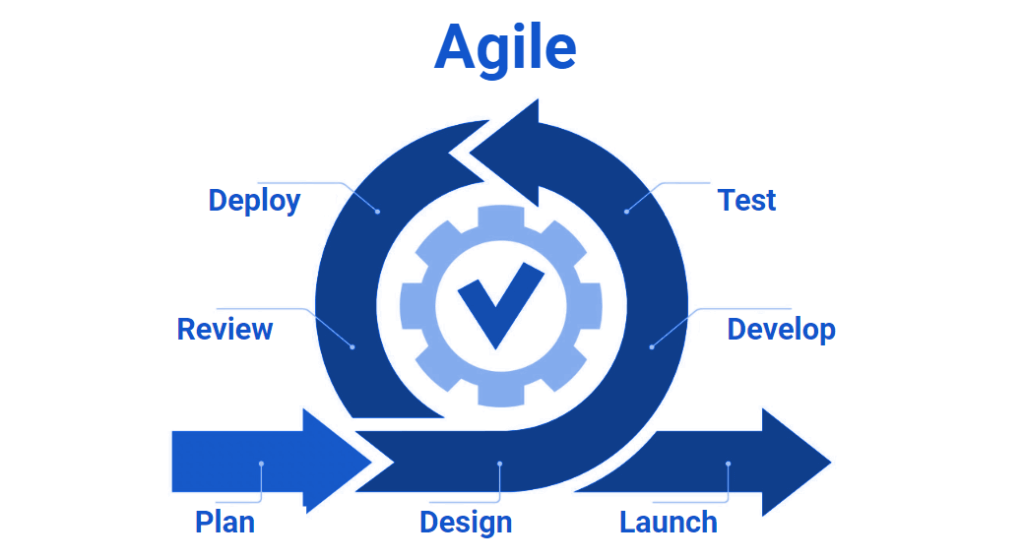
📐 What is the Waterfall Methodology?
Waterfall takes the opposite approach to Agile. It’s structured, linear, and follows a clear, step-by-step path. Waterfall works best when your project goals are clear, requirements are fixed, and minimal changes are expected.
📋 Understanding the Phases of Waterfall
Waterfall projects follow a sequence of clearly defined stages:
- Requirements Gathering: Clearly define the goals and needs of your project.
- System Design: Plan the architecture, design, and resources thoroughly.
- Implementation: Develop the project according to the detailed plan.
- Testing: Systematically test for issues and bugs.
- Deployment: Release your completed project to your users.
- Maintenance: Provide ongoing support and updates.
Each phase must finish completely before moving on, which makes Waterfall predictable but less flexible.
✅ Pros and Cons of the Waterfall Approach
Waterfall’s clear structure provides significant advantages, such as:
- Predictable timelines and budgeting.
- Clear documentation at every step.
- Suitable for regulatory-heavy industries (like healthcare or construction).
However, it has notable disadvantages, including:
- Difficulty adapting to changes late in the process.
- Limited client feedback once the project begins.
- Challenges fixing errors identified late in development.
Carefully consider these factors before deciding if Waterfall suits your project’s needs.
📖 Typical Projects That Use Waterfall
Waterfall excels in industries where clarity, documentation, and strict control are required:
- Construction projects with defined blueprints and schedules.
- The healthcare and pharmaceutical industries require rigorous compliance.
- Financial or government projects where predictability and thorough documentation are crucial.
If your project fits these scenarios, Waterfall might be your best choice.
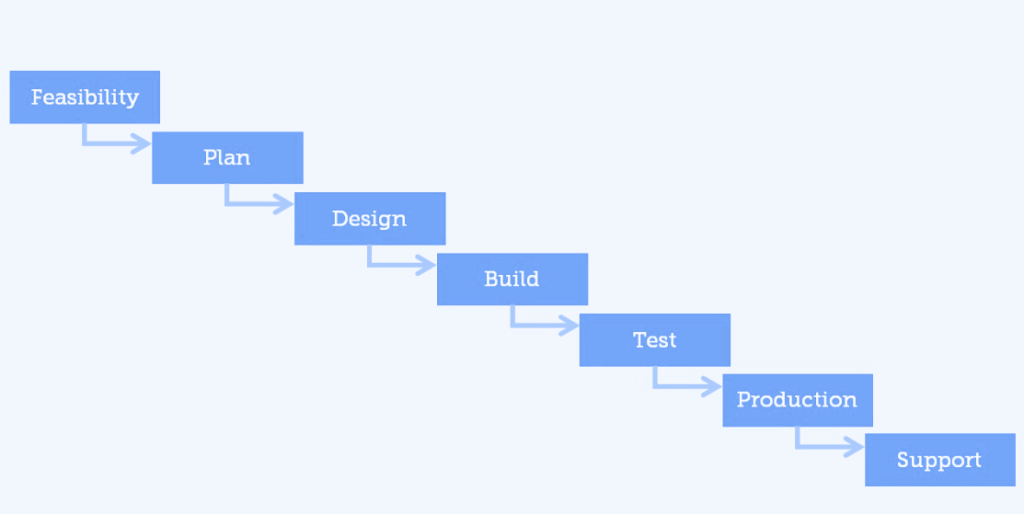
| Agile Methodology: | Waterfall Methodology: |
|---|---|
| It is best suited for projects with clearly defined requirements and little expected changes throughout the project lifecycle. | Waterfall is a linear and sequential approach to project management, where phases follow a predefined sequence: requirements, design, implementation, testing, deployment, and maintenance. |
| It emphasizes collaboration, adaptability, and customer feedback throughout the development process. | Each phase must be completed before progressing to the next, with minimal room for changes once a phase is completed. |
| Agile teams prioritize responding to change over following a predefined plan and welcome evolving requirements throughout the project lifecycle. | Waterfall relies heavily on detailed upfront planning and documentation, aiming for a predictable and structured project execution. |
| Agile methodologies include frameworks such as Scrum, Kanban, and Extreme Programming (XP). | It is best suited for projects with clearly defined requirements and little expected changes throughout the project lifecycle. |
💻 How Agile and Waterfall Impact Your Software Selection
Your chosen methodology significantly influences the software you need. The right tools can streamline your workflows, boost productivity, and enhance project success.
🔧 Why Software Choice Matters
Choosing software aligned with your methodology ensures smoother processes, fewer misunderstandings, and better project outcomes. Here’s why:
- Agile-friendly software supports iterative tasks, collaboration, and flexible adjustments.
- Waterfall-friendly software prioritizes detailed planning, documentation, and clear milestone tracking.
⚙️ Software Needs for Agile Teams
If Agile suits your project, look for software that offers:
- Easy-to-use boards for managing sprints and tasks.
- Collaborative spaces for real-time team communication.
- Flexible reporting for continuous improvement.
For instance, monday.com provides robust Agile tools, including customizable dashboards, Kanban views, and real-time communication channels.
📈 Software Needs for Waterfall Teams
If Waterfall is your chosen method, you’ll need software that supports structured planning:
- Comprehensive project timelines and Gantt charts.
- Detailed documentation and version control.
- Clear task dependencies and milestone management.
Software like monday.com also effectively supports the Waterfall methodology by providing detailed timelines, clear documentation structures, and easy dependency tracking, making it versatile regardless of your choice.
✅ Evaluating Agile Software: Key Features You Need
To make Agile work seamlessly, you need the right software. Agile-friendly tools must align closely with your dynamic workflows, helping your team stay efficient, flexible, and responsive to change. Here’s what to look for:
🎯 Essential Features for Agile Project Management
When choosing Agile software, prioritize features like:
-
Customizable Sprint Boards:
Your team needs clear visuals for sprint planning, backlog management, and task assignments. Look for software with intuitive, drag-and-drop boards, such as Kanban views and sprint dashboards. -
Real-Time Collaboration:
Agile thrives on frequent communication. Your software should offer built-in chat, commenting on tasks, and instant notifications, ensuring everyone stays in sync, no matter where they’re located. -
User Story Management:
Managing user stories clearly and effectively is crucial. Choose software that lets you easily prioritize, assign, and track user stories from creation to completion. -
Robust Analytics and Reporting:
Great Agile tools provide built-in analytics, such as burndown charts and sprint velocity reports, helping your team spot trends, address bottlenecks, and continuously improve.
📱 User-Friendly Interfaces that Foster Collaboration
A cluttered or overly complex interface can slow your team down, especially in fast-paced Agile environments. Look for Agile software that offers:
-
Intuitive Dashboards:
A clear, straightforward layout helps your team quickly understand project progress at a glance. -
Mobile Access and Flexibility:
Agile teams are often remote or distributed. Select software with mobile apps, ensuring your team stays connected and productive from anywhere. -
Seamless Integration:
Agile software should easily integrate with tools your team already uses, like Slack, Jira, GitHub, or Zoom. This boosts collaboration and keeps workflows streamlined.
ClickUp stands out here: its user-friendly interface, real-time collaboration tools, and robust integrations make it an excellent choice for Agile teams aiming for maximum flexibility and efficiency.
🚀 Scalability and Adaptability to Change
Your Agile software must be ready to grow alongside your projects. Here’s what adaptability looks like in practice:
-
Flexible Customization:
Agile is all about adapting quickly. Your software should let you customize workflows, fields, and templates easily without needing specialized IT support. -
Easy Scalability:
Choose software capable of scaling effortlessly from small teams to large organizations, ensuring that your investment continues to deliver value as your projects evolve. -
Responsive Change Management:
Agile software should handle changing project requirements without causing disruptions. Tools with robust change tracking and automated alerts help your team manage evolving priorities effectively.
📅 Evaluating Waterfall Software: Essential Features You Need
If Waterfall methodology suits your projects best, your software selection must reflect its structured and sequential nature. Here’s what makes software tools effective for Waterfall project management:
🗂️ Core Characteristics of Waterfall-Friendly Software
Waterfall software should support detailed, sequential project execution through a clear structure and documentation. Essential features include:
-
Detailed Project Planning:
Your software needs robust planning capabilities. Gantt charts and detailed timelines ensure every phase and milestone are clearly mapped out from start to finish. -
Comprehensive Documentation Management:
Clear documentation is central to Waterfall. Choose software that provides easy version control, document storage, and clear organization of project documentation at every phase. -
Change Control Management:
Waterfall relies on careful change control. The software must allow clear tracking, documentation, and approval workflows whenever project requirements shift, reducing the risk of scope creep or confusion.
📌 Managing Dependencies and Milestones Clearly
Waterfall projects heavily depend on sequential task management. The software you select should offer:
-
Task Dependency Tracking:
Identifying dependencies clearly prevents delays. Your software should visually represent task relationships, alerting you when dependencies are at risk. -
Milestone Management:
Waterfall projects run on milestones. Effective software clearly defines, tracks, and reports milestone completion, ensuring your team and stakeholders stay informed throughout the project lifecycle.
🔄 Integration Across Project Phases
Waterfall’s sequential nature demands smooth transitions between project stages. The right software helps you achieve this by providing:
-
Phase-to-Phase Transitioning:
Your software should effortlessly move documentation, tasks, and resources from one phase to another, maintaining clarity and preventing loss of information or confusion. -
Advanced Reporting Tools:
Regular progress reports and project status updates are crucial in Waterfall. Software offering built-in reporting keeps stakeholders informed and helps your team identify and resolve risks proactively. -
Strong Version Control:
Managing document versions clearly is critical. Waterfall software should provide detailed version histories and document control to ensure everyone is working from the most current project information.
Again, monday.com proves highly effective even here. Its versatile planning tools, robust documentation management, detailed timeline views, and seamless integrations make it ideal for structured Waterfall projects.
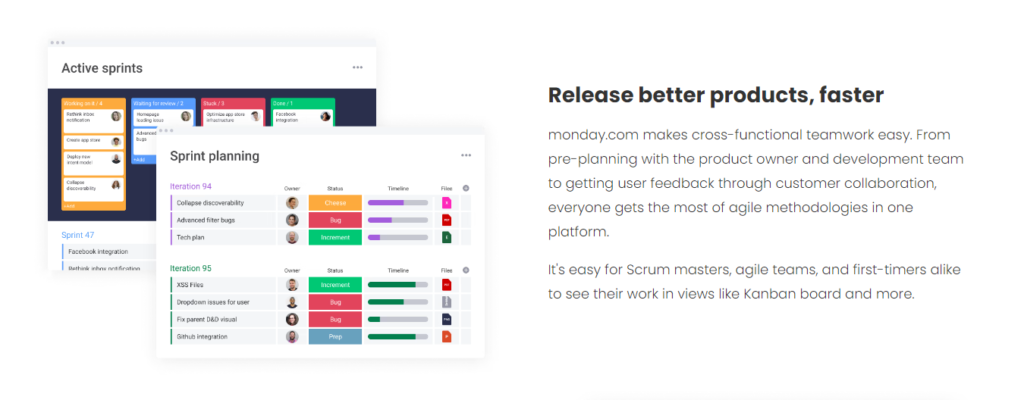
⚖️ Comparative Analysis: Agile vs. Waterfall Software in Action
Understanding how Agile and Waterfall methodologies differ becomes clearer when you see how their software tools compare side-by-side. Let’s explore practical examples, user experiences, and scenarios to give you deeper insights into how each impacts project outcomes.
📊 Side-by-Side Feature Comparison
Here’s how software tailored for Agile and Waterfall methodologies typically stacks up:
| Feature | Waterfall Software |
| Planning Approach | Sequential, structured (Gantt charts, phases) |
| Change Management | Formal, documented change control process |
| Documentation | Comprehensive, detailed |
| Collaboration | Phase-specific, structured interactions |
| Reporting | Periodic, detailed milestone reports |
| Dependency Management | Clearly defined task dependencies |
🌟 Advantages of Agile Methodology in Software Selection
Selecting Agile-compatible software offers distinct advantages, particularly in highly dynamic or innovative projects.
🔄 Flexibility and Adaptability
Agile software lets your team quickly pivot when changes happen. You won’t waste valuable resources trying to stick rigidly to outdated plans. Instead, your team can adjust swiftly, ensuring the end product always aligns with evolving business goals or customer demands.
💬 Continuous Feedback and Client Involvement
Using Agile software means involving your stakeholders throughout your project. Continuous feedback loops ensure the final product closely aligns with customer expectations and real-world needs. Frequent check-ins and feedback sessions significantly reduce the risk of project failure.
⚡️ Improved Response to Change
The ability to rapidly adapt is crucial in today’s fast-paced environment. Agile software provides transparency into changes, allowing you and your team to quickly reprioritize tasks and resources. Real-time communication and integrated planning tools further support responsiveness, helping your projects maintain momentum without sacrificing quality.
🌟 Benefits of Waterfall Methodology in Software Selection
Choosing software tailored to the Waterfall methodology provides distinct advantages, especially when your projects demand structure, clarity, and predictability.
📅 Predictable Timelines and Milestones
One of Waterfall’s greatest strengths is its predictability. With Waterfall-friendly software, you’ll have clearly defined timelines and milestones laid out at the start, reducing uncertainties about project duration and costs.
- Clear Milestones: Set precise deadlines for each project phase, enabling you to monitor progress closely and avoid surprises.
- Effective Resource Management: Clearly defined schedules help allocate resources accurately, preventing unexpected overruns or budget surprises.
📚 Clear Documentation and Process Structure
If your projects require thorough documentation, such as in compliance-heavy industries, Waterfall software is ideal. The structured documentation approach provides:
- Detailed Project Records: Every phase, decision, and change is meticulously documented, making audits, reporting, and compliance easy to handle.
- Consistent Knowledge Transfer: Clear documentation helps new team members quickly understand their roles, minimizing knowledge gaps during team transitions or onboarding.
🔐 Risk Management in a Controlled Environment
Waterfall’s sequential approach inherently supports controlled risk management. With Waterfall software, you gain clear visibility into potential issues from the outset:
- Proactive Risk Assessment: You identify risks early, allowing thorough contingency planning before moving to subsequent project phases.
- Controlled Environment: By clearly defining each project stage, Waterfall software significantly reduces unexpected disruptions or scope creep.
🔄 Hybrid Approaches: Blending Agile and Waterfall
Increasingly, teams choose hybrid methodologies, combining Agile’s flexibility with Waterfall’s structured planning. Here’s how this balanced approach can benefit your projects.
🎯 Blending Agile and Waterfall Methodologies
Hybrid project management lets you select elements of both Agile and Waterfall to suit your project:
- Use Waterfall’s structured approach for initial planning and final deployment.
- Leverage Agile’s iterative cycles for the development and testing phases, providing flexibility throughout execution.
This combination allows you to adapt to change while maintaining structured control, resulting in a balanced workflow.
🛠 Selecting Software Suitable for Hybrid Projects
To support a hybrid approach, your software must be versatile and adaptable. Choose tools that:
- Clearly support both iterative and sequential processes.
- Offer comprehensive timeline views combined with Agile features like sprint management and backlog prioritization.
monday.com excels here with its hybrid-friendly capabilities. Its powerful features and flexibility let your team switch effortlessly between structured timelines and agile sprints within the same workspace.
📚 Case Studies Demonstrating Successful Integration
Consider the following scenario:
- A tech startup used hybrid project management to deliver a complex application. They initially planned the project using the Waterfall model for core requirements and transitioned smoothly to Agile sprints during development.
- Using monday.com’s versatile project boards and Gantt views, they successfully managed structured documentation and flexible iteration, ultimately delivering ahead of schedule and with high client satisfaction.
This hybrid example demonstrates the value of choosing software adaptable enough to handle diverse project management needs.
📝 Conclusion: Choosing the Right Methodology and Software for Your Project
Selecting between Agile and Waterfall methodologies is about matching your project’s unique needs with the right management approach. Agile empowers your team with flexibility, rapid adaptation, and ongoing client feedback, perfect for dynamic, innovative environments. On the other hand, Waterfall gives you a clear structure, detailed documentation, and predictable outcomes, ideal for regulated or clearly defined projects.
Your methodology choice directly impacts the software you’ll use, making it crucial to select a tool adaptable enough for your preferred approach. monday.com stands out here, seamlessly supporting both Agile and Waterfall (and hybrid) methodologies with robust, intuitive features.
Whatever path you choose, remember that the right software, aligned closely with your chosen methodology, is key to driving your project’s success and achieving your goals efficiently.
FAQs
1. How do Agile vs. Waterfall methodologies differ in terms of team dynamics?
Agile methodologies promote cross-functional teams and continuous collaboration, while Waterfall methodologies often involve distinct roles and hierarchical structures within teams.
2. Can a project switch between Agile and Waterfall methodologies midway?
Yes, although challenging, a project can transition between Agile and Waterfall methodologies based on evolving project needs and circumstances.
3. What are the main challenges teams face when integrating Agile vs. Waterfall methodologies?
Teams may encounter challenges related to aligning communication processes, adapting to different project management rhythms, and reconciling contrasting principles between Agile and Waterfall approaches.
4. How do Agile vs. Waterfall methodologies impact project documentation practices?
Agile methodologies prioritize lightweight documentation and emphasize face-to-face communication, whereas Waterfall methodologies necessitate comprehensive documentation at each project phase.
5. Are there specific industries where Agile vs. Waterfall methodologies are more commonly used?
Yes, Agile methodologies are prevalent in software development, IT, and creative industries, while Waterfall methodologies are often favored in regulated industries such as healthcare, construction, and government sectors.
6. Can project management software designed for Agile methodologies be adapted for Waterfall projects and vice versa?
While some project management software is flexible enough to accommodate both Agile and Waterfall methodologies, certain features may be better suited for one approach over the other.
7. How do Agile vs. Waterfall methodologies influence project risk management practices?
A: Agile methodologies emphasize iterative risk management and adaptability to change, whereas Waterfall methodologies employ a more structured approach to risk identification and mitigation throughout the project lifecycle.
8. What role does client involvement play in Agile vs. Waterfall methodologies?
Agile methodologies encourage continuous client involvement and feedback throughout the development process, whereas Waterfall methodologies typically involve client interactions at specific project milestones or phases.
9. How do Agile vs. Waterfall methodologies address project scope changes?
Agile methodologies embrace change and accommodate scope changes through iterative development cycles, while Waterfall methodologies require formal change management processes to address scope adjustments.
10. Are there hybrid approaches that combine elements of both Agile and Waterfall methodologies?
Yes, hybrid methodologies blend Agile and Waterfall practices to leverage the strengths of each approach. These hybrids often tailor project management processes to suit specific project requirements and team dynamics.

